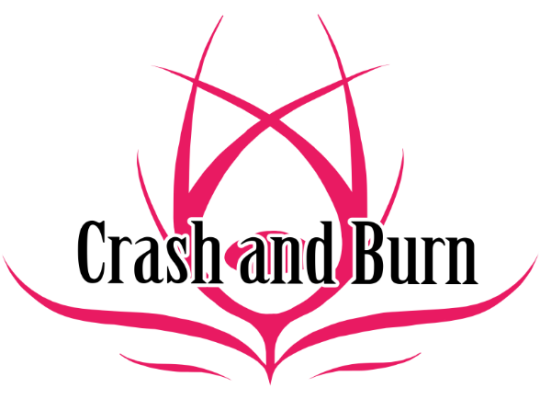When Words Collide 2015 Recap – Script Writing for Comics and Graphic Novels

This week in my When Words Collide 2015 recap, I want to talk about the script writing for comics and graphic novels panel I went to. Panelists were: Daniel Abraham, Rick Overwater, Ryan Ferrier, Patrick Weekes, and GMB Chomichuk.
In case you haven’t heard, I have been working on a comic project called Crash and Burn. Did I know anything about writing comic book scripts going in? Err, not really. Just that it was something akin to writing screenplays and that you had to be mindful about panels and page breaks when it came to script writing (a nugget of information I gleaned from when Holly Black presented at Sirens in 2010).
In script writing for comics, it’s different from fiction where you work directly with an editor. While you might require working with an editor, the primary working relationship you have is with your artist. The artist may prefer detailed scripts or what is referred to as the “Marvel-style script” where you have beats written for pages, say, 1 through 5 of “Big fight!” and a few foreground and background details that the artist can work in at their discretion over the five pages.
What decides on the type of script you write? It all depends on the artist. The writing is on the page to make the art and the artist shine. This mean there will be splash page or silent panels to enable the artist to best convey the emotions of the character and the artist’s skill.
And not every artist and writer will work well together. The panel likened developing a working relationship to dating. At the first date, you need to feel out the concept and see if it is a match. If it’s not a match, then by the third date, the conversation will be hollow and curt and, in all likeliness, the comic won’t convey the passion and chemistry you want.
It’s just like writers working with agents and editors. It’s not about establishing a working relationship because you are both at similar levels–you have to work well together, share a vision, and need to endorse the final production.
So if you want to get into comic writing–what can you do to ensure that you and your artist fit creatively together? You want to be the art director of your script. You want to make a mood board of work that the artist you are approaching has done so they know what you are expecting. If the artist is new, find other images to convey that tone and mood you want in your work.
Find out from the artist how they want to see their scripts. Really detailed or do they want more free reign? Ask them for a copy of a script they really enjoyed working on and compare it to the final product.
When working, convey where the most effort needs to be placed. If you have an infodump page 11 you aren’t too picky on but you want the art for the wow moment on page 14 to really shine? Tell the artist. Let them budget the time accordingly. All working relationships work better with solid communication as a foundation.
If you want to learn more, Rick Overwater had a nice list of resources on his website.
There were a lot of other panels I went to that I would love to write about, but I know so little on the subject matter that I don’t feel comfortable relaying them. It’s either that or not notes don’t make sense. So, next week, not a WWC2015 recap post! Something new! AKA Something wicked this way comes.

The post When Words Collide 2015 Recap – Script Writing for Comics and Graphic Novels appeared first on Anxiety Ink.
Anxiety Ink
- Kate Larking's profile
- 53 followers




